So I got to Winnipeg, After the rain fiasco I have to confess I look forward to a few days hosteling. As per usual it is cheaper than camping which, for a Scot, makes it all the much more enjoyable. Not sure what to expect from Winnipeg, it’s a medium size city in the middle of Canada. I heard a lot about the strong native character to it but I have learned from experience that heritage runs thin in the new worlds. I however have a full day in it before I head west again.
Enjoying the better weather I hit the town and the pocket size of downtown helps. There appears to be only one thing all people talk about, The forks. I start walking and first I get to the Manitoba Legislative Building where I run into a protest camp of native people. I stop and ask about their cause as well as permission to take a photograph. They are very friendly and also quite impressed about me having been to a Powwow out east.
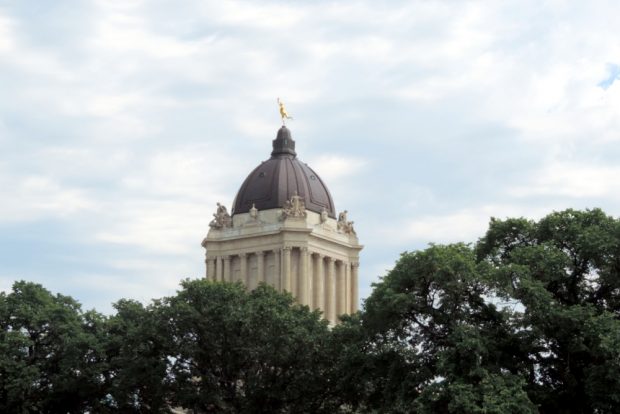
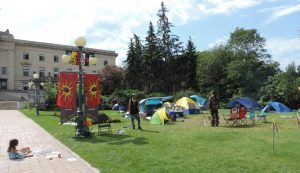
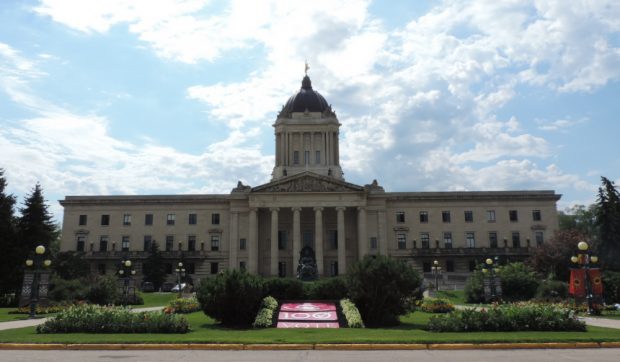
Rather than heading for The Fork I elect to spend the afternoon at the other attraction that Winnipeg has to offer: the Canadian Museum of Human Rights. For a country to have a museum of human rights is quite remarkable, for it to be located in Winnipeg is even more so. Only two Canadian national museums are located outside Ottawa, Pier 21 in Halifax and this. It is interesting how they almost signpost Canadian history, Pier 21 dealing with Immigration and this, also, but not entirely, with the issues raised by the European invasions.
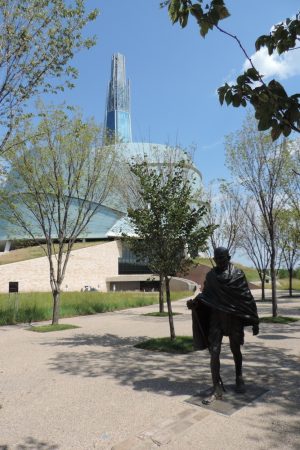
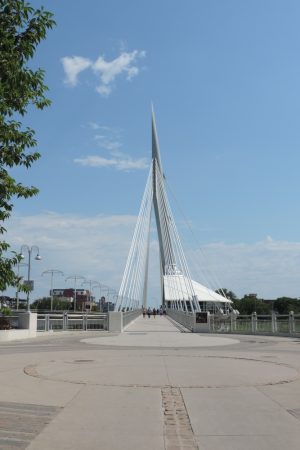
After getting into the museum, having opted into the express guided tour starting in half an hour, I took some time to explore the temporary exhibition on the ground floor: Sight Unseen. This collection of photographic work done by visually challenged people is just amazing. The wonder on how they manage to capture what they capture is equal to the amazement at the stunning quality of some of the works.
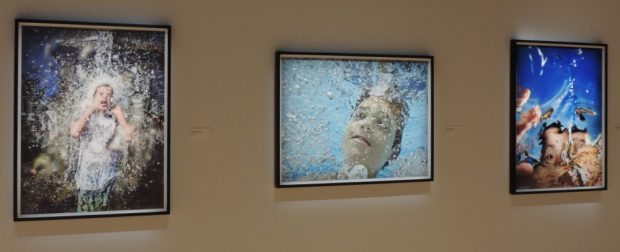
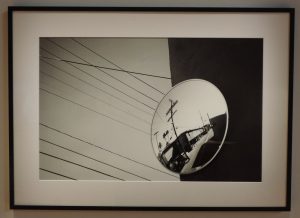
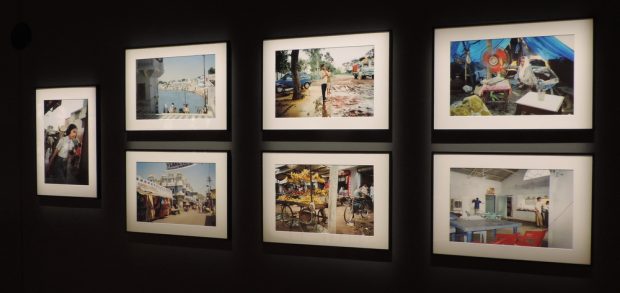
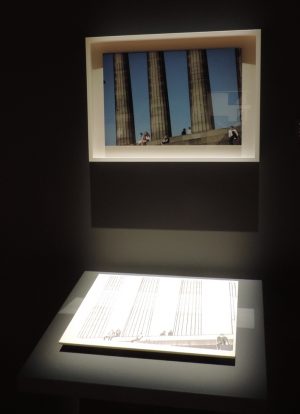
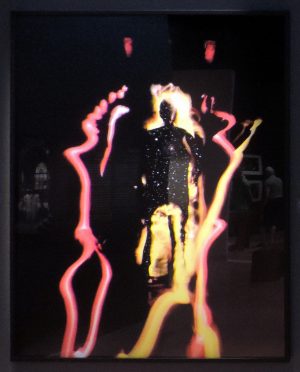
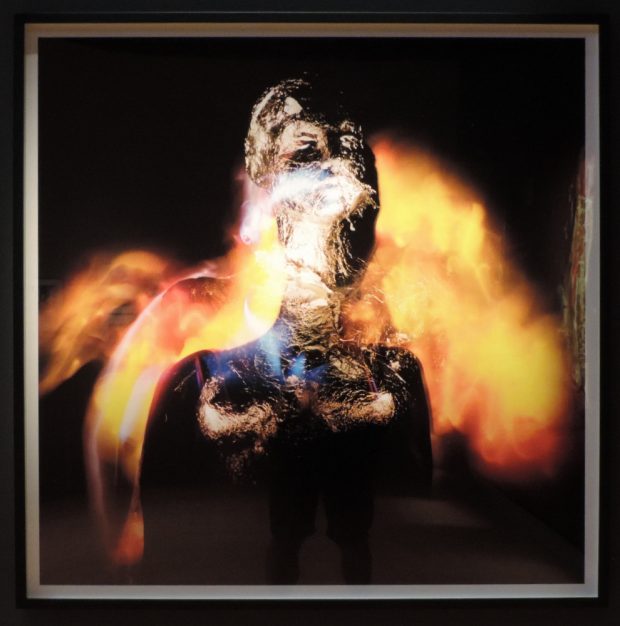
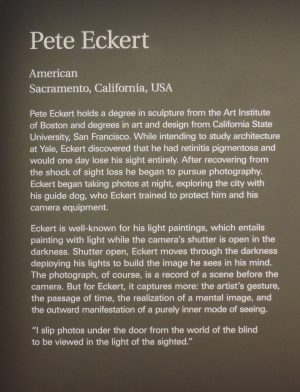
But 13:00 was getting closer and I had to get to the central hall to begin the tour. The tour got us through the first 3 of the 6 levels of the museum and was rather informative, but most of the discovery I made by myself walking up and down the marvellous alabaster walkways after the tour. While there is an obvious focus on Canada, the museum offers a good panoramic of human rights themes around the world and over time. One could only hope that every country had a tool like this at the disposal of their citizens.
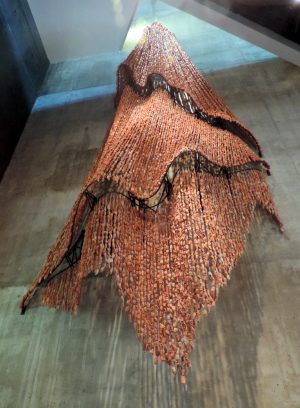
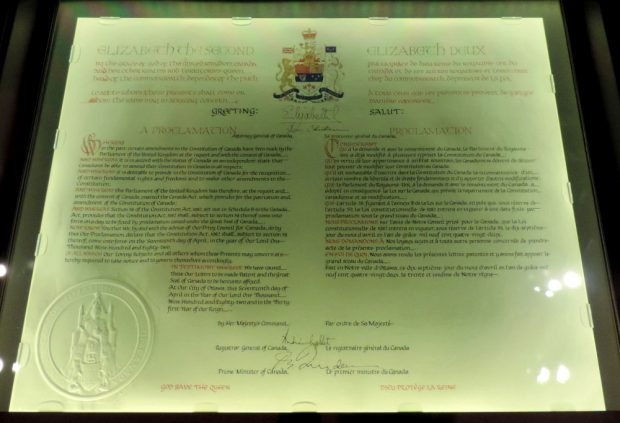
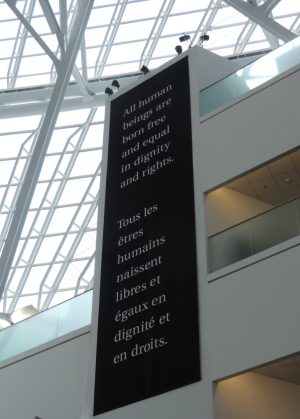
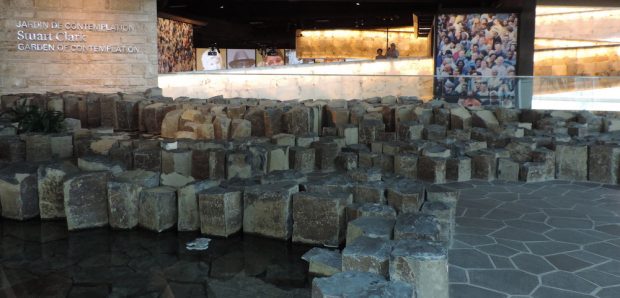
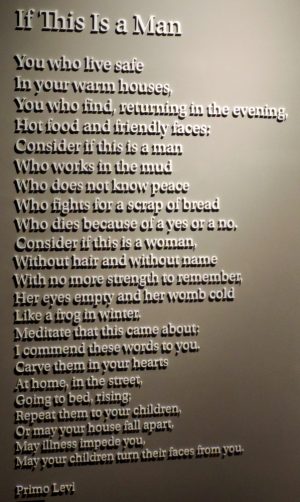
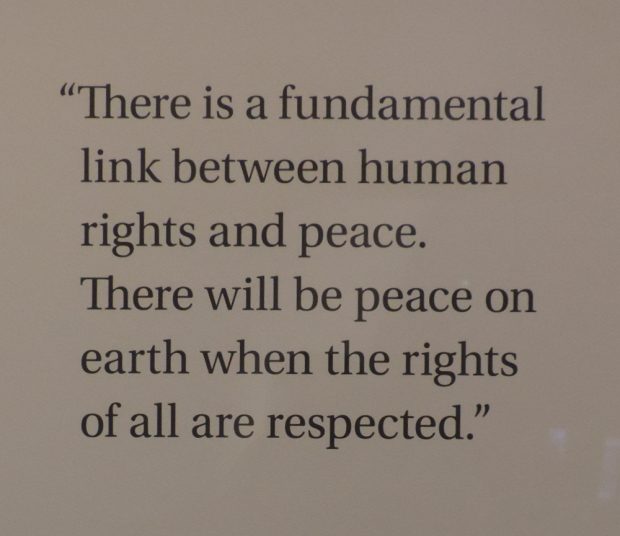
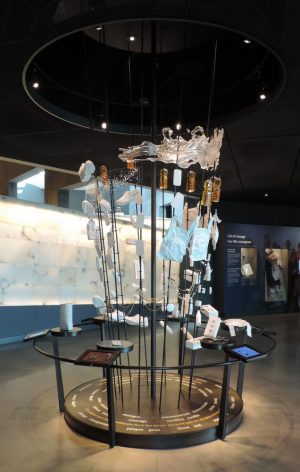
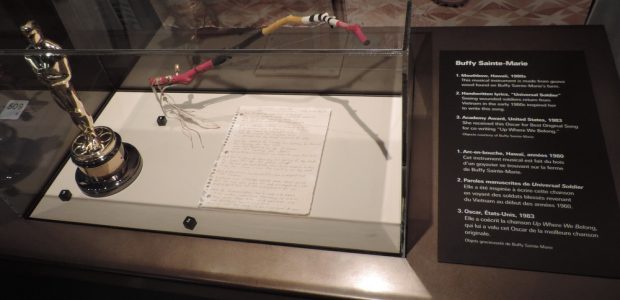
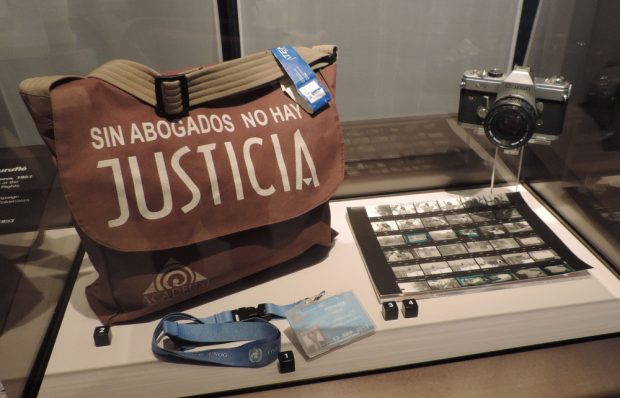
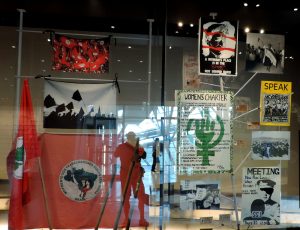


Of course the museum exhibits are not all there is to see. The building itself is rather impressive. Steel structure housing all sort of materials arranged in a fashion that provides both small and wide spaces, cozy as well as large panoramic views. Some highlights are the alabaster of the walkways, from Spain, and the basalt column garden on one of the upper levels.
Naturally the visit would not be complete without the ascent to the the almost top of the tower which, while accessible by lift, I decided to climb. It’s not hard or high but the large use of glass makes the staircase very exposed and half way up I started to feel uneasy about the large space between me and the visible ground floor below.
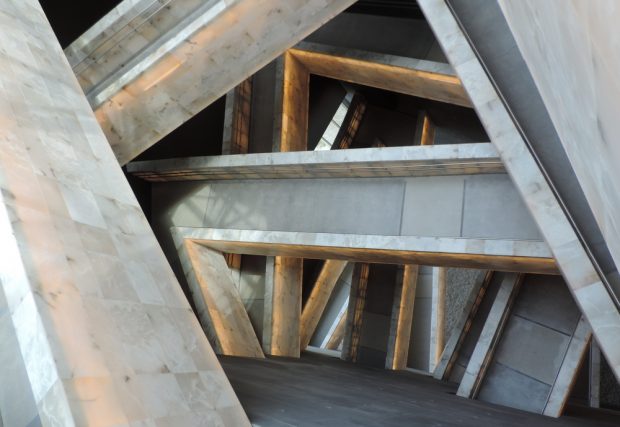
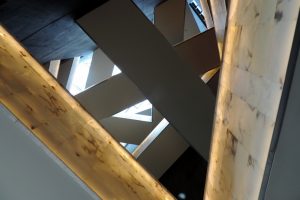
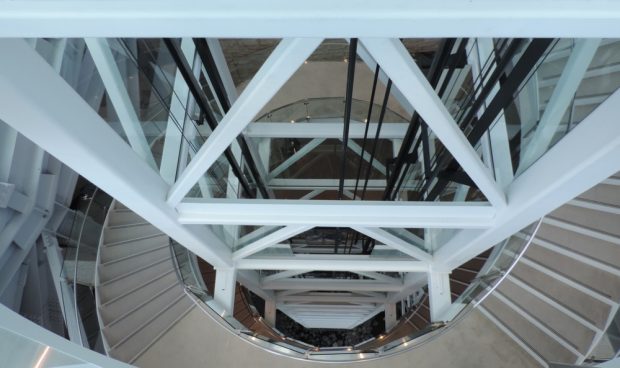

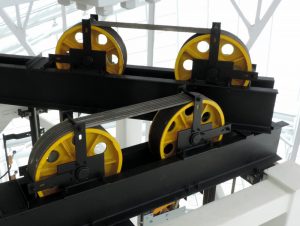
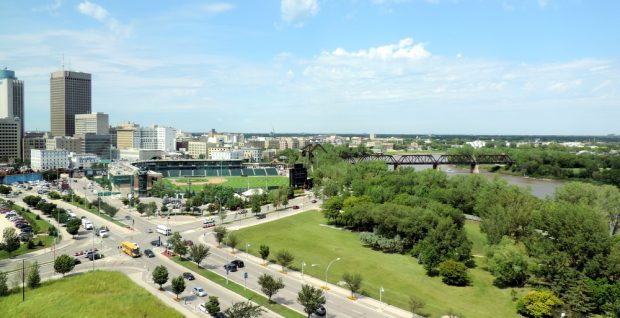
There was nothing major left to do, and it looked like it was going to rain so, after getting some info at MEC on my next tent and backpack, I retired to the hostel for food, socialising and rest.